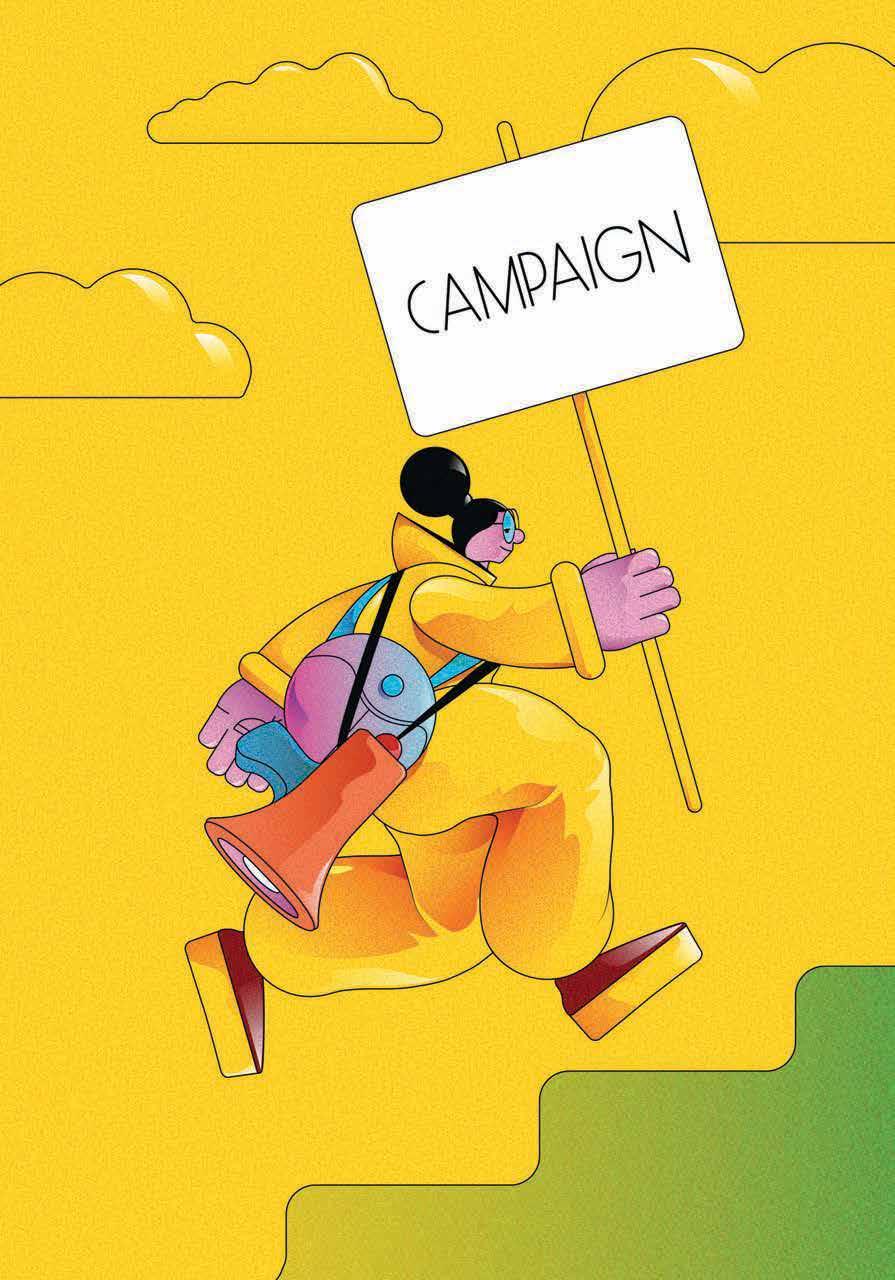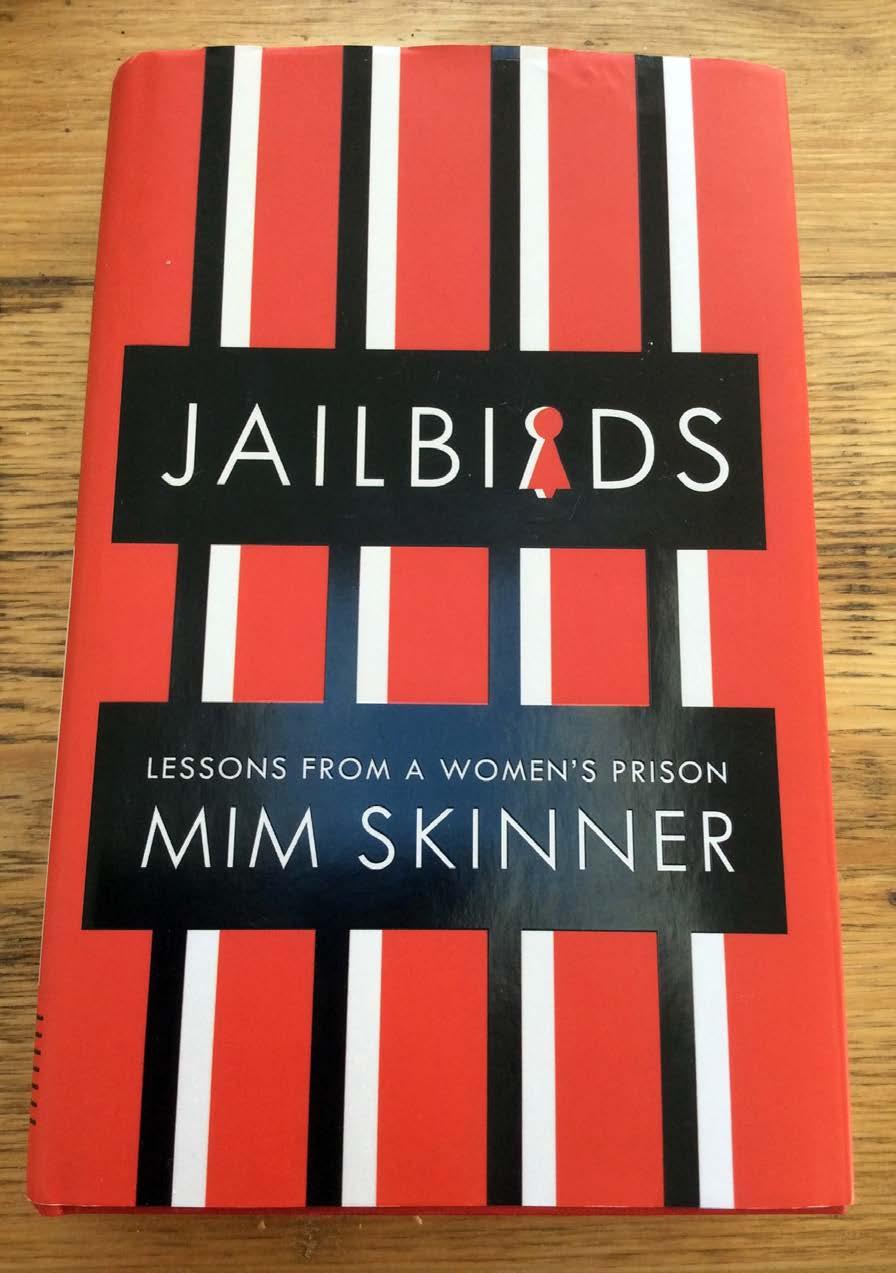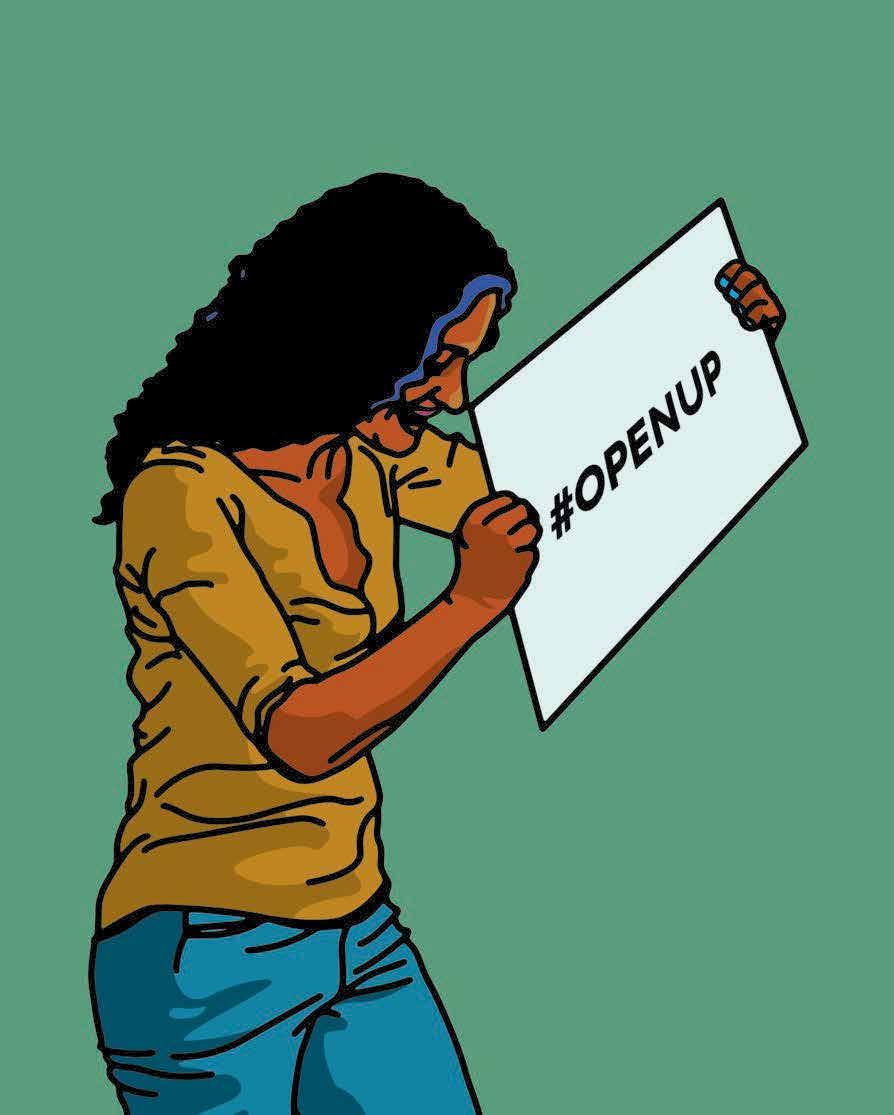
5 minute read
FROM PROBATION TO PROTEST ONE WOMAN’S STAND
Women in Prison's Hareem Ghani meets American anti-prisons campaigner and author, Victoria Law.
WENT TO A SCHOOL THAT is for people who cannot afford to make bail,
Advertisement
Iwould now be considered a schoolor, as Law says, “for people who can’t afford to-prison pipeline school” Victoria, the price-tag of freedom.” known as Vikki Law, says, “This is where Visiting friends at Rikers led to Law’s schools treat children as if they’re in prison. commitment to the abolition of prison. At You walk in and the first thing you encounter the age of 19, she co-founded Books Through is a queue for the metal detector and the x-ray. Bars which sends free books to prisoners and It was a really good recruiting ground for educates the public about the need to replace gangs. They would come in and recruit, prison with a system that works. mostly young men, who were disenchanted Law, now in her forties, recalls sitting in with this whole high school farce. Keep in the Rikers waiting room. “You don’t get to mind that when you are 15, 16, 17 and bring anything with you in somebody says, “How would you the waiting room, like to make a couple hundred you’re just sitting there dollars a night?”, it sounds very good - especially if “This isn’t with nothing to do, so you start talking to and you are from a low income, low resourced right; 90,000 making friends with the other people who are family and community and you’re women in prison, waiting. It’s mostly black, brown and not seeing any other way out of poverty and and none of them immigrant women and we would talk to each hopelessness.” Law, mother of one, are resisting?” other and ask, “Who are you here to see?”, “What is of Chinese decent, did they do?” and again and brought up in Queens, one of again what I was hearing was New York City’s five boroughs. that people were not serial killers As a student in high school, aged 16, she like Jeffrey Dahmer or individuals of the committed an armed robbery to initiate Bernie Madoff-type, cheating people out of herself into a Chinatown gang. She received millions of dollars. People were there because five years’ probation as it was her first offence they had substance abuse problems, because and she was considered a good student. Her they were poor, because they had been in friends did not have the same experience. prison before and when they got out, couldn’t Instead, many were sent to Rikers Island. A get a job, so turned back to illegal activity.” prison covering a 400-acre site, on an island At college, Law decided to study prison in the East River between Queens and the resistance starting during the presidency of Bronx. At any one time, it holds 10,000 Ronald Reagan (1981-89). At the end of her prisoners and it is notoriously brutal. Eightyfirst semester in college, she says, she realised five percent of those imprisoned have not that all the writing about resistance concerned been convicted of a crime. Pre-trial detention men. “I thought this isn’t right; how are there
90 thousand women in prison and none of them are resisting?” Encouraged by her professor, Jeanne Theoharis, a civil rights professor specialising in Black Liberation and Civil Rights, Law decided to pursue this research further. After a decade of researching and writing about women in US prisons, she wrote her award-winning book, Resistance Behind Bars: The Struggles of Incarcerated Women.
“The first thing I realised” Law comments “was that, even though women share many of the same oppressive conditions and concerns as men in prison, they also have their own concerns that don’t affect men in the same way, like parenting.” She continues, “When a father goes to prison, often he has a relative that can step up and take care of his children. Whereas, when a mother goes to prison, half the time she’s a single parent.”
Law’s research also highlighted how much of the media coverage focused on men taking more disruptive forms of protest such as prison strikes. “Women tend to focus on quieter, less flashy, actions. Women educate themselves about the law, they help other women with their court paperwork, they reach out to lawyers and say, “How do we ensure social workers and foster parents bring our children to visit us and follow the policies and laws they are supposed to be following?”
“People are less likely to notice that women are participating in more quiet acts of resistance. This often looks different to what we traditionally think of as organising or what we traditionally think of as resistance.”
The Mass Clemency Campaigns of the 1980s and the1990s in the US illustrate her point, “Clemency is the power the Governor has to shorten somebody’s sentence” Law explains. “In Ohio in the late 1980s early 1990s, domestic violence survivors who were incarcerated for killing their abusers, organised the first successful mass clemency campaign for women who had been imprisoned for killing abusive husbands or boyfriends in the United States. It’s only been in the past few years, in large part because of the tremendous amount of organising by women behind bars and people on the outside, that people are starting to see domestic violence as one of the pathways that lead women into prison.”
In 2003, spearheaded by the women in an Oregon prison, Law began publishing the zine, Tenacious: Art and Writings by women in prison. “[The women] said, “We’ve been reading these zines and we are always seeing things about men; we are not seeing any reflection of what we go through when we go to prison.” Tenacious emerged as a collaborative effort between women on the inside and women on the outside. “It’s not just people inside operating in a semi-vacuum with incomplete information and it’s not people on the outside operating in a semivacuum with incomplete information. It’s that critical exchange of ideas and then saying, “How do we move forward on this?”
Law, a freelance journalist writing for outlets such as Truthout and Bitch Media, as well as continuing to campaign for the abolition of prisons, told an interviewer four years ago, that, when she was first a mother, it was the support she received from others that allowed her to stick with the fight for social justice. “It’s important that we think about not just how to welcome new people,, “ Law said, “But also how to enable each other to keep participating, keep showing up..”





